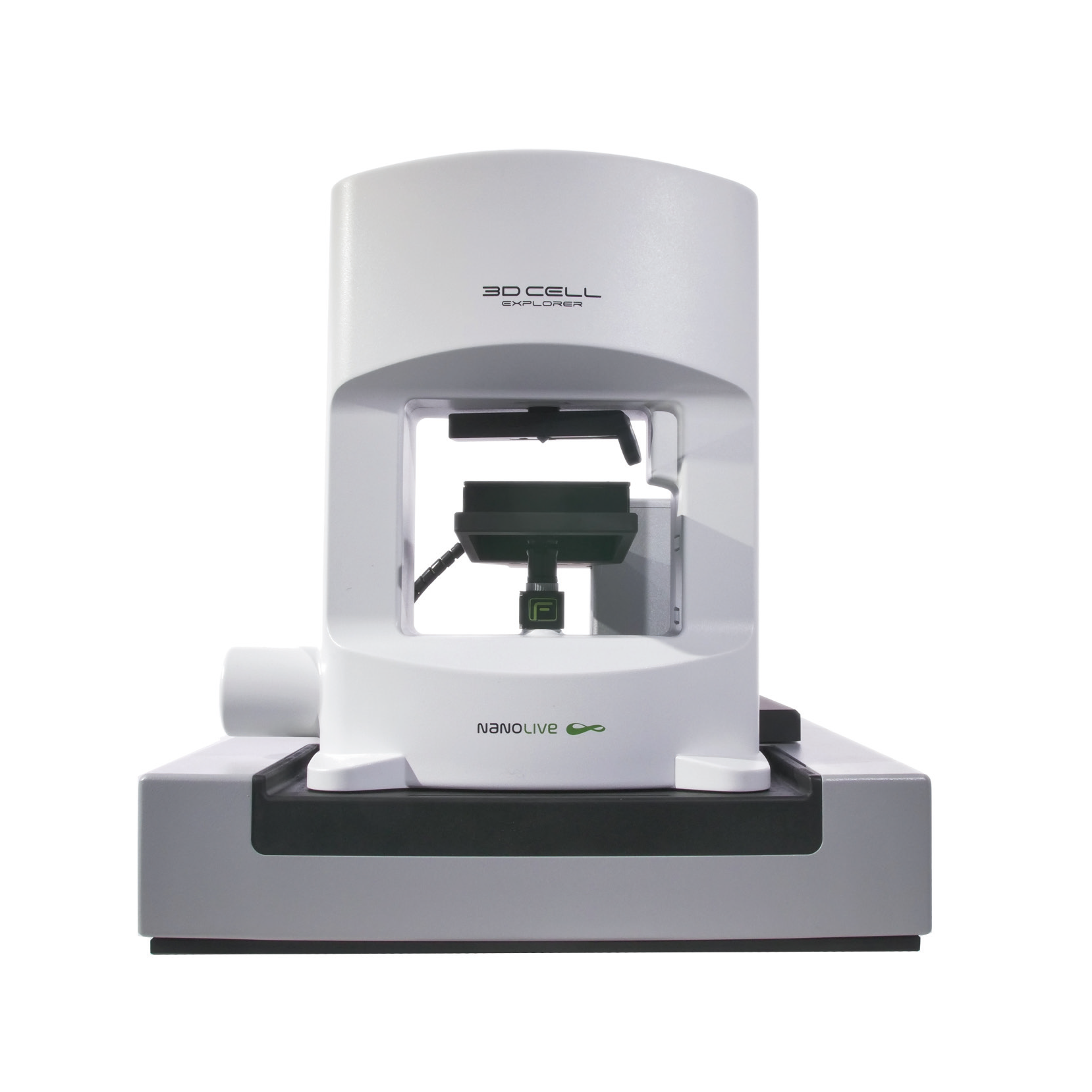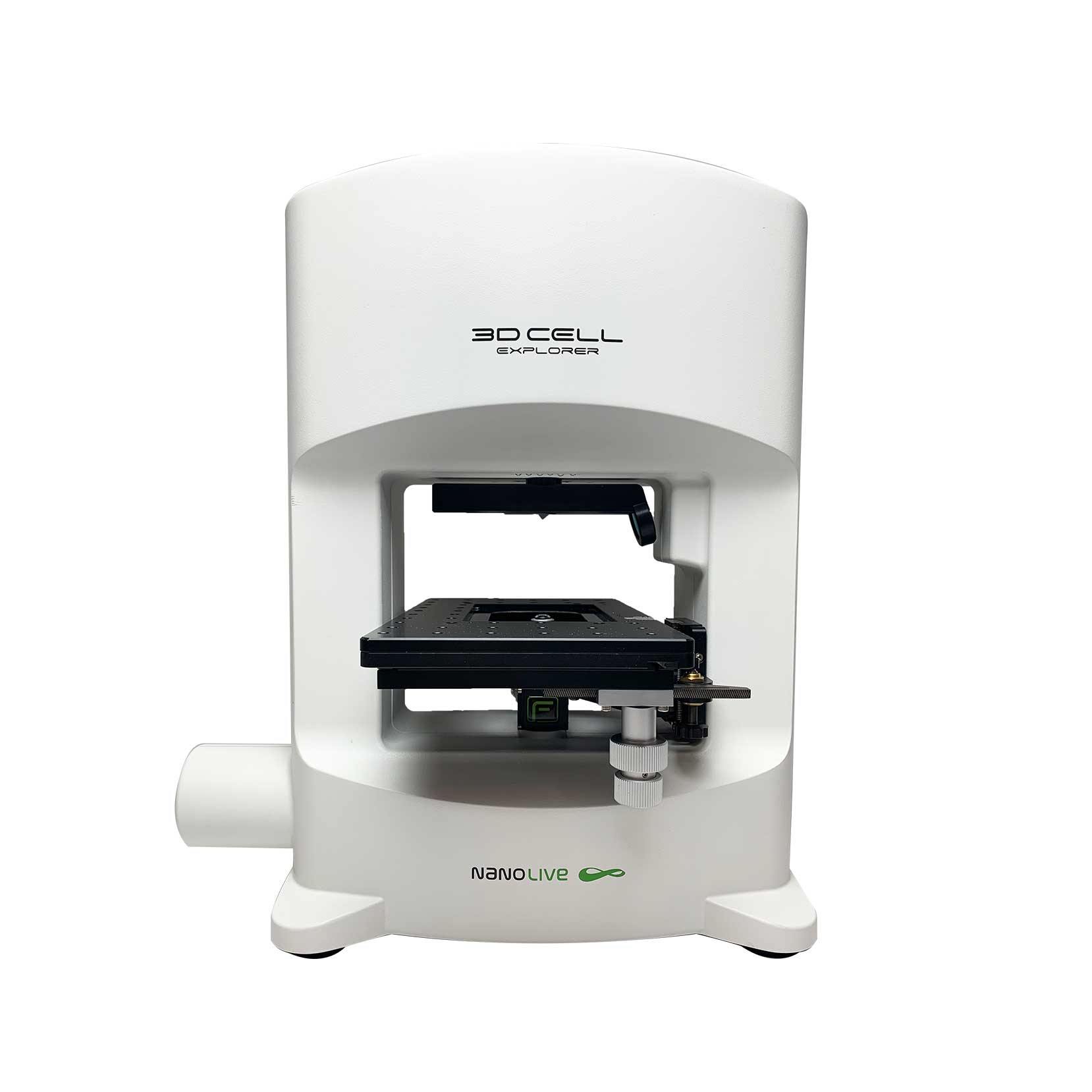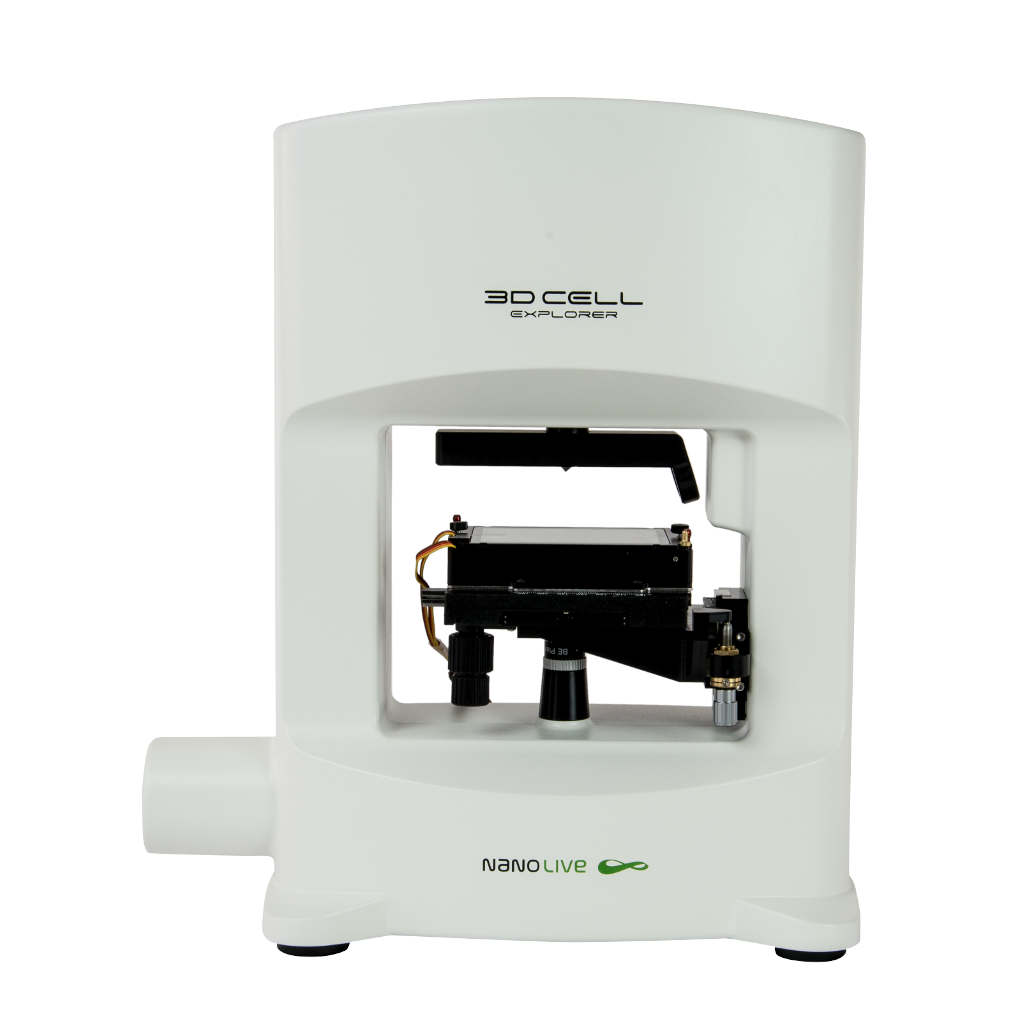Introduction to monoclonal antibodies biological drugs
Chemotherapy has been used to treat cancer for almost 80 years now[1] and its side effects are well known and documented.
One of the main limitations associated with standard chemotherapy is the unspecific killing of healthy cells (e.g. rapidly dividing cells in the bone marrow) which is associated with high-dose requirement and low therapeutic indices.
In order to significantly reduce systemic side effects, it is fundamental to develop a new generation of anticancer drugs, specifically targeting cancer cells and therefore better tolerated by patients. One approach relies on the use of monoclonal antibodies, the so-called “magic bullets” envisioned by Paul Ehrlich more than 100 years ago[2]. Monoclonal antibodies (mAbs) belong to the broad class of biological drugs, or biologics (i.e. products derived from living organisms). MAbs have fueled research in many scientific fields with four dedicated Nobel prize winners in 2018 (https://www.nobelprize.org/nobel-prizes-2018/) and can be considered today a strong clinical reality with over 80 pharmaceuticals already on the market in indications not limited to oncology[3].
Antibody drug conjugates (ADCs) combine the target specificity of monoclonal antibodies with the cancer-killing ability of cytotoxic drugs, thus allowing for the discrimination between healthy and cancer cells and strongly reducing the side effect of conventional anticancer treatments [4]–[6]. Several elements of ADCs can be tailored to obtain the required anti-tumor effect such as the potency of the payload, the stability of the linker, the target antigen and the antibody affinity[7].
The Swiss Biotech company NBE Therapeutics, is an internationally recognized leader in the development of antibody-based therapeutics with a focus on next-generation Antibody Drug Conjugate (ADCs) products for the treatment of cancer. NBE therapeutics has kindly provided us with one of their anti-cancer ADCs and helped us in the set-up of a comparative qualitative experiment of efficacy on cancer cells. A mouse breast cancer cell line has been used and the appropriate unspecific isotype control included as reference.
The 3D Cell Explorer was used for long-time live cell imaging of the cell samples (up to approximately 60 hours of continuous imaging).
Figure 1. Antibody Drug Conjugate (ADCs) killing mouse breast cancer cells. Left: antibody isotype non-specific for mouse breast cancer cells. Right: antibody specific for mouse breast cancer cells (Target 1).
Figure 2. Antibody Drug Conjugate (ADCs) killing mouse breast cancer cells. Left: antibody isotype non-specific for mouse breast cancer cells. Right: antibody specific for mouse breast cancer cells (Target 2).
While the cells treated with the control ADC divided undisturbedly for almost 60 hours (Figure 1, left), treated cells were dead 34h 30 after treatment with the tumor-selective ADC (Figure 1, right). Moreover, increased endocytosis can be specifically observed prior to death in the presence of the tumor-selective ADC.
Endocytosis is a very dynamic process implying fine membrane modifications that are detectable with the 3D Cell Explorer like with no other microscope. To know more about endocytosis, check our last post about it!
[1] D. R. Miller, “A tribute to Sidney Farber – the father of modern chemotherapy,” Br. J. Haematol., vol. 134, no. 1, pp. 20–26, Jul. 2006.
[2] K. Strebhardt and A. Ullrich, “Paul Ehrlich’s magic bullet concept: 100 years of progress,” Nat. Rev. Cancer, vol. 8, no. 6, pp. 473–480, Jun. 2008.
[3] H. Kaplon and J. M. Reichert, “Antibodies to watch in 2019.,” MAbs, vol. 11, no. 2, pp. 219–238, 2019.
[4] J. F. DiJoseph et al., “Antibody-targeted chemotherapy with CMC-544: a CD22-targeted immunoconjugate of calicheamicin for the treatment of B-lymphoid malignancies,” Blood, vol. 103, no. 5, pp. 1807–1814, Mar. 2004.
[5] A. Mullard, “Maturing antibody–drug conjugate pipeline hits 30,” Nat. Rev. Drug Discov., vol. 12, no. 5, pp. 329–332, May 2013.
[6] N. Diamantis and U. Banerji, “Antibody-drug conjugates–an emerging class of cancer treatment.,” Br. J. Cancer, vol. 114, no. 4, pp. 362–7, Feb. 2016.
[7] J. M. Lambert and A. Berkenblit, “Antibody–Drug Conjugates for Cancer Treatment,” Annu. Rev. Med., vol. 69, no. 1, pp. 191–207, Jan. 2018.
Read our latest news
Cytotoxic Drug Development Application Note
Discover how Nanolive’s LIVE Cytotoxicity Assay transforms cytotoxic drug development through high-resolution, label-free quantification of cell health and death. Our application note explores how this advanced technology enables real-time monitoring of cell death...
Investigative Toxicology Application Note
Our groundbreaking approach offers a label-free, high-content imaging solution that transforms the way cellular health, death, and phenotypic responses are monitored and quantified. Unlike traditional cytotoxicity assays, Nanolive’s technology bypasses the limitations...
Phenotypic Cell Health and Stress Application Note
Discover the advanced capabilities of Nanolive’s LIVE Cytotoxicity Assay in an application note. This document presents a detailed exploration of how our innovative, label-free technology enables researchers to monitor phenotypic changes and detect cell stress...
Nanolive microscopes

CX-A
Automated live cell imaging: a unique walk-away solution for long-term live cell imaging of single cells and cell populations

3D CELL EXPLORER-fluo
Multimodal Complete Solution: combine high quality non-invasive 4D live cell imaging with fluorescence

3D CELL EXPLORER
Budget-friendly, easy-to-use, compact solution for high quality non-invasive 4D live cell imaging



